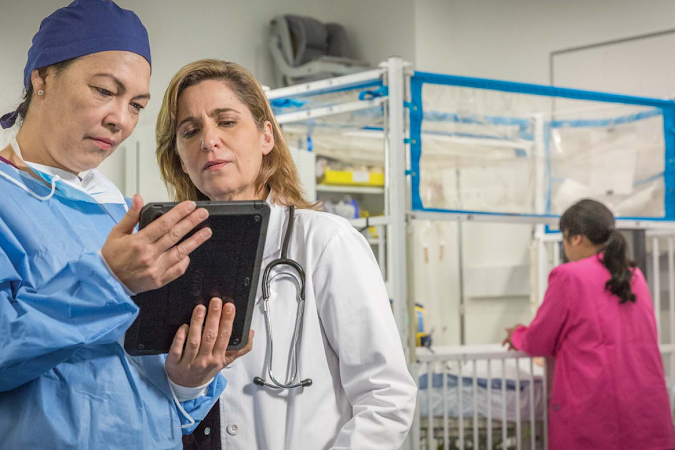Evidence-Based Medicine Part Two: "But Doc, I'm Sick"

When someone is feeling unwell or experiencing symptoms of an illness, the first step they usually take is to see a doctor. Doctors are a source of knowledge and experience who can provide an accurate diagnosis and appropriate treatment. However, in the ever-evolving medical world, the question arises whether the treatment given by doctors is based on strong scientific evidence. This is the basis of Evidence-Based Medicine (EBM).
EBM is a medical approach that integrates the best scientific evidence with a doctor's clinical experience and patient preferences. This approach emphasizes the use of scientific evidence obtained through sound clinical research, such as randomized controlled clinical trials, meta-analyses, and systematic reviews.
Although EBM provides a strong foundation for optimal treatment, not all medical conditions can be fully treated with strong evidence. Often, physicians have to deal with situations in which available scientific evidence is limited or even nonexistent. This is where the clinical experience of the doctor comes into play. They must rely on their knowledge and expertise to deal with complex situations.
It is important to understand that the EBM is not a binding rule, but rather a guide that assists clinicians in making a better decision based on the available evidence. Each patient has its own uniqueness and differences, so the patient's preferences and characteristics must also be considered in the treatment process.
However, in some cases, there is a mismatch between the patient's knowledge of treatment and the recommendations given by the doctor. Patients may have certain beliefs or expectations about how treatment should be carried out. This often occurs in alternative medicine or traditional medicine that is not supported by scientific evidence. In these situations, it is important for doctors to educate patients about the benefits, risks, and available scientific evidence regarding the treatment. The goal is to build trust and ensure the patient understands the decision being made.
In addition, effective communication between doctors and patients also plays an important role in overcoming differences of opinion or expectations that may arise. Listening empathetically, explaining clearly, and involving the patient in the decision-making process can help build a trusting relationship and ensure the patient feels heard.
In the second part of evidence-based medicine, the main goal is to provide quality and effective care to patients. By combining the best scientific evidence with clinical experience and patient preference, EBM helps clinicians make more rational and fact-based decisions.
However, it cannot be denied that in practice, there are still challenges faced in implementing EBM as a whole. One of them is the limited scientific evidence that exists. Some medical conditions may not have been extensively studied, or there may be deficiencies in existing research designs. This puts doctors in a difficult position when they have to make decisions without solid evidence. This is where the doctor's experience and clinical judgment becomes invaluable.
In addition, EBM also cannot perfectly accommodate individual patient preferences and characteristics. Each patient is unique and must be considered. Medical conditions, medical history, genetic factors, personal preferences, and socio-economic factors are all factors that must be considered in treatment. In situations like these, doctors must involve patients in decision-making and ensure that they understand the benefits, risks, and alternatives.
It is also important to address patient differences of opinion or expectations that may not align with medical recommendations. Effective education and good communication between doctor and patient are critical in building trust and overcoming mismatches. Patients should be given a clear explanation of the available scientific evidence, and given space to express their questions and concerns.
In conclusion, Evidence-Based Medicine (EBM) is an important approach in modern medical practice. It combines the best scientific evidence with the doctor's clinical experience and patient preferences. However, the EBM is not a binding guide without room for clinical judgment and individual consideration. The doctor's role in combining scientific evidence with the needs and characteristics of the patient is very important. With good communication and a holistic approach, evidence-based medicine can become a solid foundation for providing the best care for every patient.
Open Comments
Close Comments

Post a Comment for "Evidence-Based Medicine Part Two: "But Doc, I'm Sick""